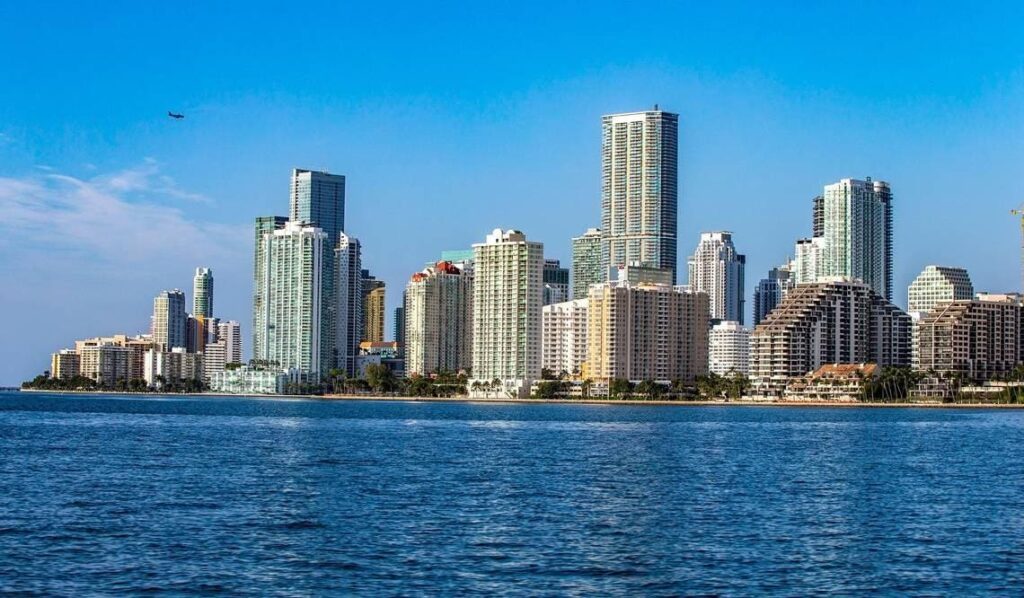From wildfires and hurricanes to floods and rising sea levels, there are many types of natural disasters that can strike. These incidents can be devastating for residents and businesses, and many will be eager to rebuild and reestablish themselves. For real estate investors, these circumstances can present certain challenges. Figuring out how to make the right connections and get back on your feet during these difficult times is important.
Here’s what to consider if you are looking at rebuilding after a natural disaster.
The Scope of the Damage from Natural Disasters
In California alone, over 12,000 homes were damaged or destroyed in recent wildfires, as reported in The New York Times. This has led to more than $135 billion in economic losses according to MarketWatch.
Similar stories unfold nationwide. In 2023, the U.S. experienced 28 separate billion-dollar weather and climate disasters—a record high—with a cumulative cost of over $92.9 billion according to the National Centers for Environmental Information. These areas often experience changes related to insurance rates and the availability of insurance after a disaster strikes.
The Rebuilding Process after a Natural Disaster
In addition to the initial losses and devastation, there can be more challenges that arise during the recovery phase. If you’ve always focused on holding properties for the long-term, you may suddenly face situations where you’ll need to consider development and rebuilding. There could be delays with processing insurance claims, along with other risks to consider. During times following natural disasters, predatory practices could be a concern. There could be unscrupulous contractors who try to take on a project. You may find they are unable to complete a project or add extra charges for the work.
For these reasons, having a network of people who you can trust and work with to accomplish your objectives is incredibly important. These connections could help you find the right insurance representative to handle your situation. They may be able to point you to reliable contractors and other professionals involved in the rebuilding process.
You can also check community resources in your area. Sometimes local governments offer aid recovery programs to encourage redevelopment. There can also be tax relief and rebuilding grants that support new investment. For example, after the 2017 fires in Santa Rosa, California, the city launched expedited permitting and waived certain fees for rebuilding for the city and surrounding area.
In California, Governor Newsom issued an executive order to cut red tape and streamline the rebuilding and recovery process in the Los Angeles area after the recent firestorms. Similarly, in Florida, especially in Miami-Dade County, new building codes now require structures to withstand hurricane-force winds and incorporate flood-resistant features. Miami is also adjusting its long-term development plans as it faces a future of sea-level rise, which could be about 1 to 3 millimeters per year.
Future-Proofing with Real Estate
As you consider real estate investing in areas that are susceptible to natural disasters, there could be strategies to help secure long-term sustainability. You might elevate structures in flood-prone zones. When constructing, there could be fire-resistant materials available to provide protection in the future. Other strategies may include generators and additional off-grid power systems.
You and your team could consult flood zone maps (FEMA Flood Map Service Center) and wildfire risk maps (Firewise USA) to be prepared when planning new development.
Investing in real estate post-disaster comes with its own set of challenges. That said, for those willing to do the research and work with a knowledgeable team, there could be ways to contribute to the rebuilding of a community. By future-proofing a project, you’ll be able to provide long-term sustainability and add value to these natural disaster-prone areas.
Read the full article here

